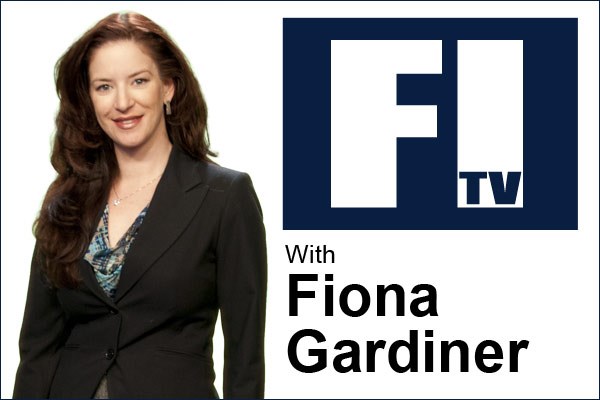Recently, Stephen Colbert hosted the 69th Annual Emmy Awards. As expected, his opening monologue skewered the president. But he also called him “the biggest TV star of the last year” who influenced almost every show honoured before talking about Donald’s singular obsession with ratings.
Of course, he also said he expected to be targeted by some Trump Tweets very shortly.
Obviously missing the irony of his actions, Trump responded in Tweet stating that the telecast had been awful and had the lowest ratings of any Emmy show in history.
As is par for the course, that statement was untrue. The night of TV’s highest honours had, in fact, the second lowest ratings in Emmy history. But it proved Colbert’s earlier point: for Trump, ratings are king.
But then again, it’s always about the numbers. Isn’t it?
The more viewers watching, the more valuable the commercial airtime during that show and the higher the price charged to advertisers. That income from the advertisers then allows the station to cover the cost to air the show.
So yes, the television industry as a whole strives for quality. But it’s the ratings that bring back the moral inferiority of Big Brother, The Bachelor, and Survivor every season.
The news talks about responsible reporting and taking the higher road. Yet the networks will air the President’s latest “offensive” video Tweet if it guarantees ratings.
So is it any surprise the President focuses on the power of the TV ratings? After Hurricane Harvey, Trump applauded the FEMA administrator’s growing television fame. He even gave a controversial presidential pardon before signing any major disaster declaration for Texas because, according to Trump, the timing would make for better ratings.
But this is nothing new. Ratings have always driven business.
Back in 1973, over 90 million people worldwide watched then-current ladies tennis champ, Billie Jean King take on former world champ, Bobby Riggs. After promoting the event with chauvinist rhetoric to up the financial interest, Riggs lost. Soundly, in three sets.
And it was a television event that began worldwide change because, well, the world was watching. Dubbed “The Battle of the Sexes,” it is still the most-watched tennis match in history.
However, television was very different at that time. Today, there are a variety of platforms available, including broadcast, cable, and online. But in 1973, viewers relied on rabbit ears to access three American channels and the occasional struggling public broadcasting station.
So is 90 million viewers all that spectacular when there’s little other choice? Considering there were far fewer television sets at that time, the answer is yes. Considering people didn’t watch female sports, the answer is hell, yes.
But the fact remains, with television evolving, perhaps it’s time to question how the numbers are applied and our reliance on them. Given the growing number of alternative platforms, the numbers even for hit shows are changing. And numbers without context can be misleading.
But then, perhaps that’s why Trump loves them so.

